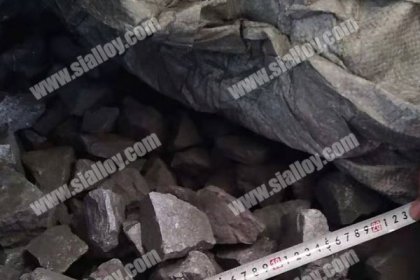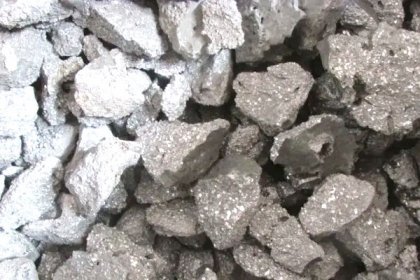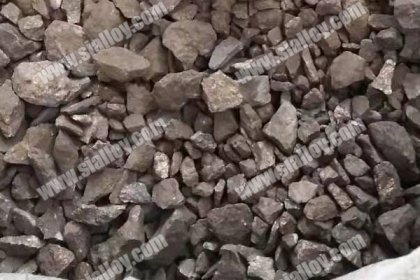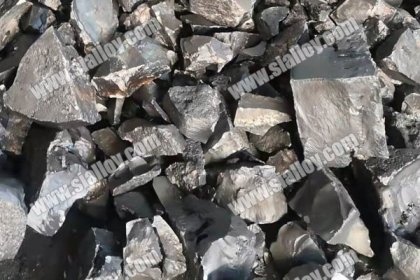common defects of casting-part one
In the production of malleable iron castings, common casting defects include shrinkage cavity, shrinkage porosity, porosity, pores, cracks, sticky sand, rough casting surface, shrinkage, eccentricity, wrong shape, insufficient pouring, mold leakage, gray mouth, pitting , Anti-white mouth, too thick white edge, deformation, cracks, too thick oxide layer, core fracture, over-burning, loose dendrites, temper brittleness, insufficient annealing, etc. Usually, the cause of these defects is not only the annealing process, but sometimes there are many production process problems such as molding core making, smelting pouring, sand mixing quality, falling sand cleaning, etc. Therefore, specific analysis must be taken in order to take corresponding reasonable measures to solve them.
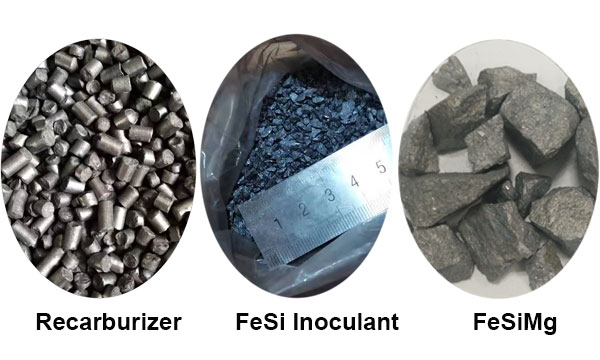
In the production of malleable iron castings, some defects of the castings and their cause analysis and prevention methods are as follows:
1.Shrinkage:Inside the casting, the scattered small holes at the thick wall and hot joints are called shrinkage porosity; the concentrated holes are called shrinkage holes. The surface of the hole is rough.
The reasons of such shrinkage:
(1)As the bottom coke drops, the carbon content of the molten iron drops sharply, which increases the shrinkage
(2) Improper setting of the pouring riser, the cross-sectional area of the riser neck is too small, the distance between the riser and the feeding part is too long, and the casting is insufficiently fed.
(3)If the pouring temperature is too high, the tendency of shrinkage porosity and shrinkage cavity will increase.
(4) Moisture content of molding sand is too high, air permeability is reduced, which prevents molten iron from filling the riser, resulting in insufficient feeding.
Prevention method:
(1)Stable chemical composition, control ωc between 2.3% and 2.7%.
(2) Generally, the riser is placed in the final solidified part of the casting. The cross-sectional area of the riser neck should be appropriate, and the length of the riser neck is generally 5~8mm.
(3)Choose a suitable pouring temperature.
(4)Strictly control the moisture of molding sand.
2.Dendritic pine:The outer layer of the casting is dendritic and loose. From the surface of the casting, there are very thin needle-like crystals pointing to the center, so that the crystals have a radiant state. Generally produced near the riser neck, hot joints, sand cores and sharp corners of castings.
Cause Analysis:
(1)Generally, the cause of dendritic porosity is the same as that of shrinkage porosity, which is mainly caused by insufficient feeding. It is related to the thickness of the casting, the chemical composition of the molten iron, the pouring temperature, the amount of aluminum added and the arrangement of the pouring riser.
(2) In addition, because malleable iron castings are hypoeutectic white iron, the distance between the liquid and solid phase lines is large, which is easy to form dendrites. A large amount of hydrogen penetrates into the molten iron at high temperatures. When the molten iron solidifies, hydrogen stays on the inner surface of the surface. Formation of dendritic porosity.
Prevention method:
(1) Strictly control ωAl, generally around 0.05%.
(2) Strictly control the moisture of molding sand to improve air permeability.
(3) For castings with thick walls, the pouring temperature should be lowered.
(4)High silicon content plus inoculation to shorten the solidification time.
(5) Reasonably arrange the pouring and riser system to make the feeding well.
3.Stoma and pinhole:The casting has dense or dispersed pores on the surface or under the skin, and the surface of the pores is smooth.
Cause Analysis:
(1)Too much moisture in the molding sand, too high ash content, and too fine particle size, which reduces the air permeability of the molding sand.
(2) The pouring temperature is too low, the solidification is fast, and the bubbles are not easy to escape.
(3)If the content of pulverized coal in the molding sand is too high, the amount of gas will be large.
(4) The sand compaction is too high or the air passage of the sand core is poor.
(5)There is more gas in molten iron.
(6)The cold iron is not clean, or the location is improper.
Prevention method:
(1)Control the moisture of molding sand and improve the air permeability of molding sand.
(2)Appropriately increase the degree of pouring.
(3)Control the appropriate amount of coal powder.
(4) Appropriately reduce the binder of molding sand and core sand, and de-ash the old sand.
(5) The compactness of the sand mould should be appropriate, and the ventilation of the sand core should be strengthened.
(6) Dry the hearth, forehearth and ladle.
(7)The cold iron needs to be cleaned and set up reasonably.
4.Cracks:There are penetrating or non-penetrating cracks on the outside or inside of the casting. Hot cracks have a dark or black oxidized surface; cold cracks are relatively clean brittle cracks
Cause Analysis:
(1) The carbon content is too low and the shrinkage is too large
(2) Insufficient feeding at the thick wall of the casting or unreasonable setting of chilled iron
(3) Molding sand or core sand has poor regressivity
(4) The sulfur content of molten iron is too high, which increases the hot brittleness
(5) The inner gate is large and concentrated, and the number is small, causing local overheating
(6) The casting structure is unreasonable and the wall thickness changes too suddenly
(7) Castings are unpacked too early and cooled too fast
(8) Castings are exposed to too much impact when they are cleaned by falling sand
Prevention method:
(1) Control ωc should not be lower than 2.3%. And appropriately increase the temperature of molten iron out of the furnace and reduce the pouring temperature
(2) Reasonable setting of pouring riser and cold iron
(3) The sand mold should not be too tight, add appropriate amount of wood chips to improve the concession
(4) Try to keep the sulfur content of the molten iron as low as possible, or control the appropriate manganese-sulfur ratio
(5) Improve the casting structure, the wall thickness transition requirements are gradually changed
(6) Extend the unpacking time
(7) When cleaning the casting, avoid impact
5.Scum eyes:There is slag in the cavities outside or inside the casting.
Cause Analysis:
(1)The slag in the ladle is not cleaned
(2)Too much slag in molten iron
(3)The flow is cut off during pouring
(4) The setting of the gating system is unreasonable and the slag blocking effect is not good
(5) Incorrect pouring position
Prevention method:
(1) Remove the residue in the net ladle
(2) Properly increase the temperature of the molten iron, a small amount of dry sand can be added to the molten iron ladle to facilitate the removal of accumulated slag
(3) When pouring, take care not to stop the flow and keep the pouring cup full
(4) A slag collecting bag can be set on the runner to prevent slag
(5) The important parts of the casting should be placed below or on the side.
6.Succulent:Irregular burrs, drape or protrusions on the casting
Cause Analysis:
(1)The surface sand is not strong enough to produce cracks, causing molten iron to penetrate
(2) Bad paint
(3)Uneven mold compactness or insufficient sand consumption
Prevention method:
(1) Apply finer surface sand, and appropriately increase the binder and sand mixing time to increase the surface sand arc
(2) Improve coating
(3) It is required that the molding sand has a uniform compactness and sufficient amount of sand to eat.
......
 中文
中文
